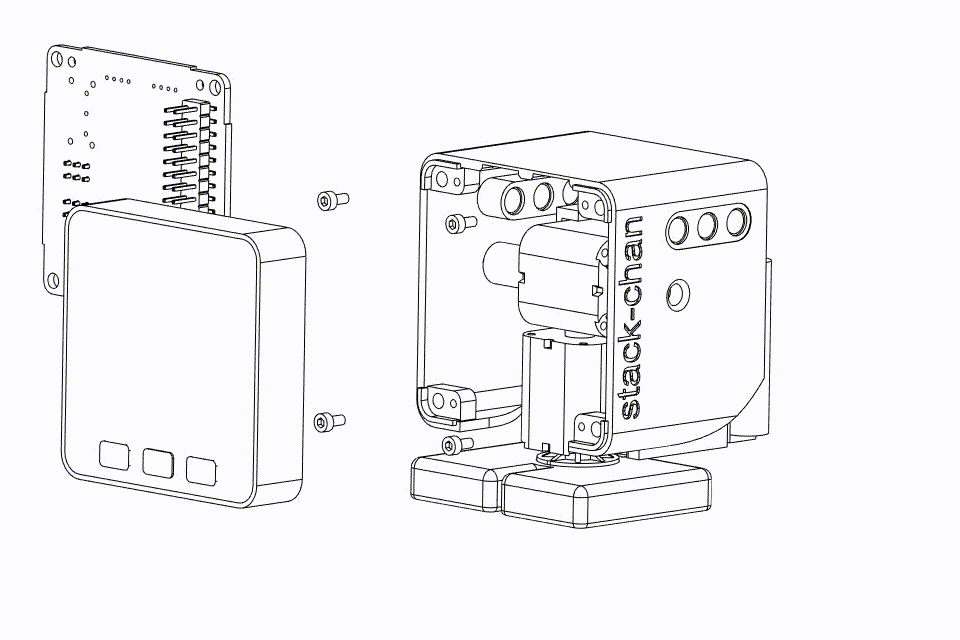The open communication robot for everyone
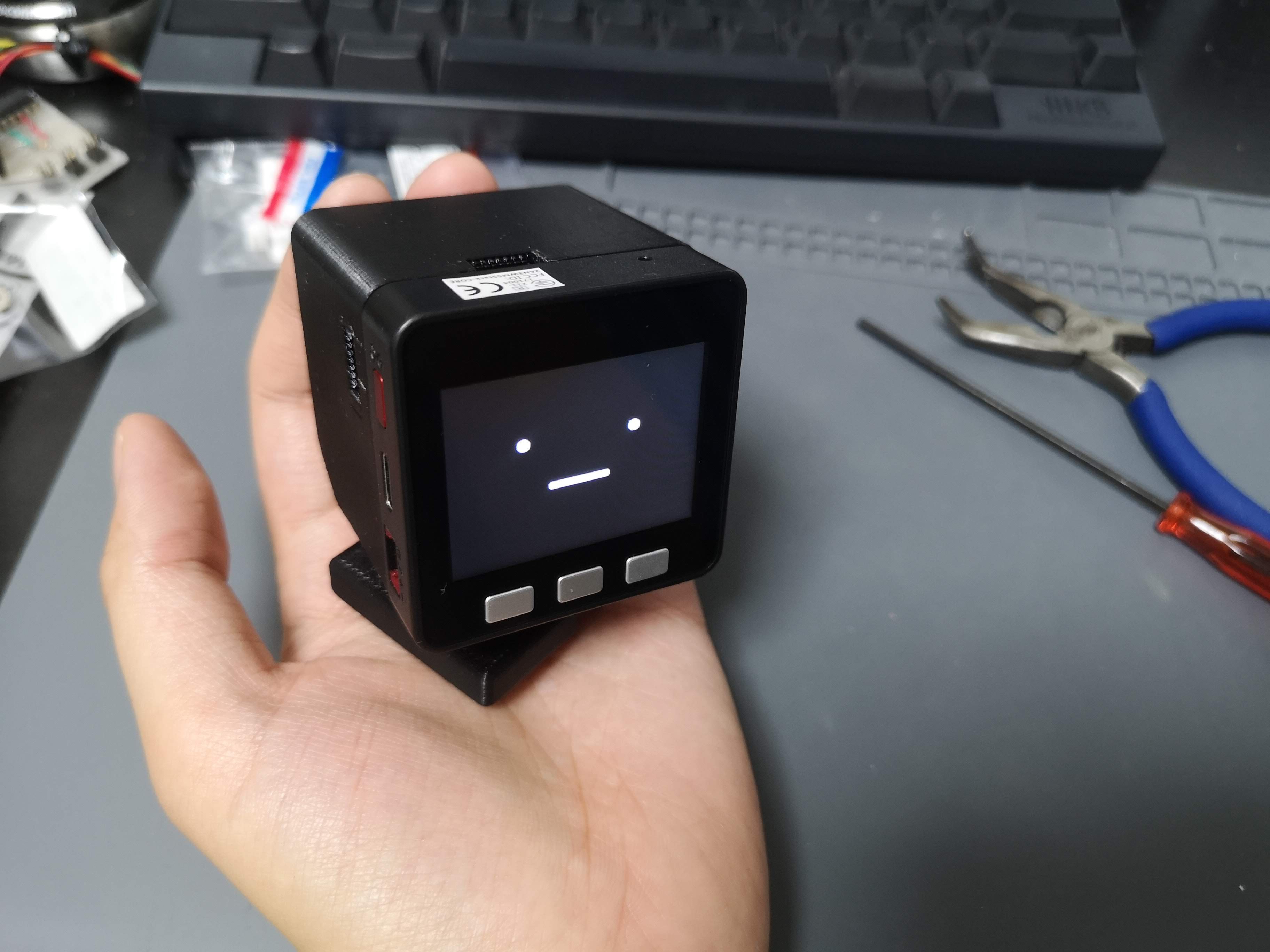
In recent years, a variety of communication robots have appeared on the market. However, most of them are "closed", dependent on specific proprietary services, or their specifications are not disclosed to the public. In fact, compared to other bipedal, quadrupedal, and wheeled robots, there are surprisingly few open source communication robots.
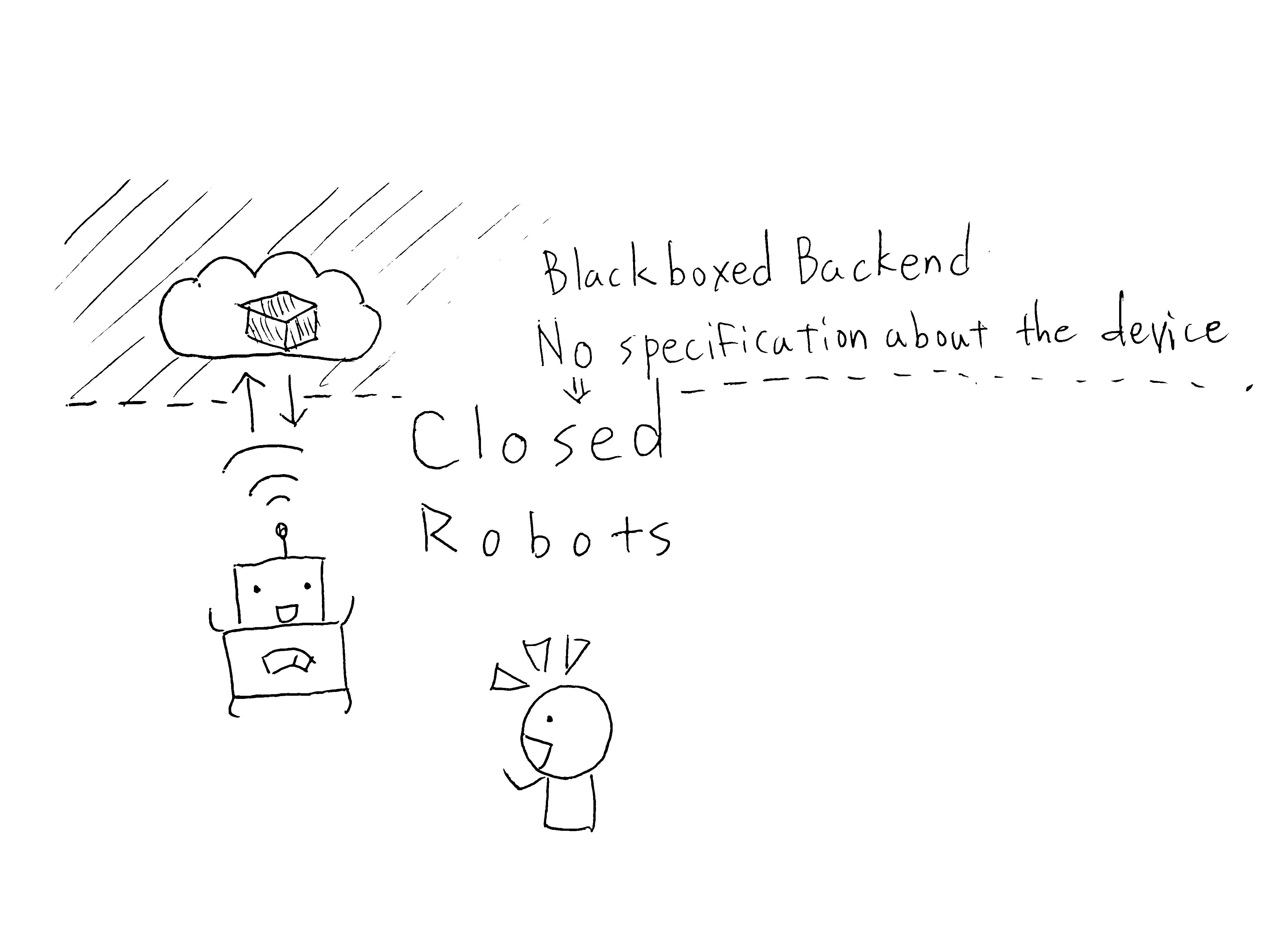
We often see the tragedy of communication robots reaching the end of life as their backend services goes by.
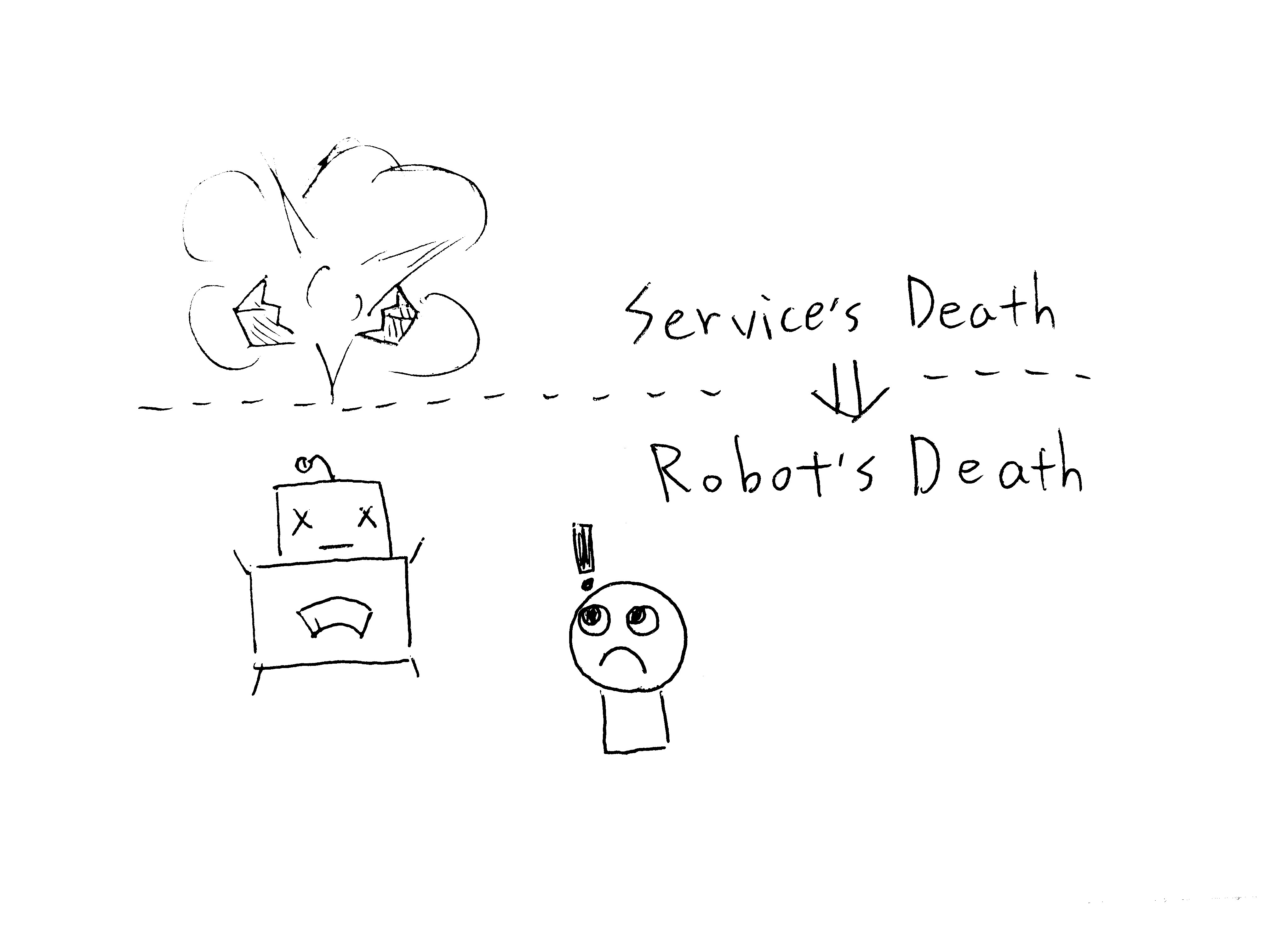
"Why don't they make communication robots more open and hackable?" It is the problem and why Stackchan was born.
As a solution, I decided to create an open-source robot that anyone could build from scratch. This means that open community, rather than a closed, specific company or individual, will collaborate to grow the robot.

The most important feature of Stack-chan is that everything is open.
Stack-chan is open in two aspects. First, All the resources of Stack-chan are distributed under Apache-2.0 license, including the schematics, the 3D model of the case and the firmware. Second, I'm opening up not only the source code and model data for Stack-chan, but also the entire process of creating it. In other words, I shared widely the background issues, the decisions I made, the troubles I had, and the mistakes I made so that users can learn how to make and customize Stack-chan. You can follow the process by searching its official twitter hashtags.
#stackchan, #スタックチャン on Twitter
As a result, over 30 enthusiasts have already started making Stack-chan and putting them into their varius appilcations from frontend of voice assistant to quadrupedal robot. You can see the most impressive works from the community in my project logs. Over 200 tweets by them doing trial and error are in the curated list below.
System architecture
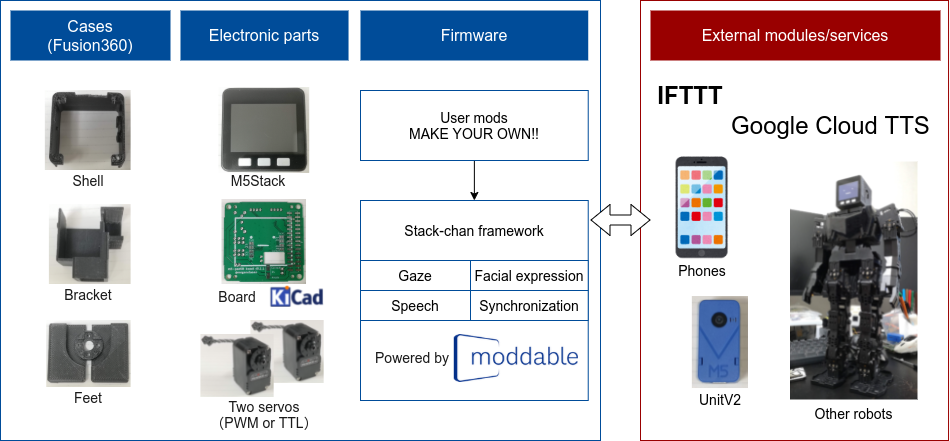 The robot consists of a case, an M5Stack and a dedicated expansion board, and firmware. Each component is fully customizable. The functionality as a communication robot is provided in the form of a framework, which users can easily access through applications (mods). M5Stack is equipped with wireless communication functions such as Wi-Fi and BLE, so it can be used with external services, smartphones, and other robots.
The robot consists of a case, an M5Stack and a dedicated expansion board, and firmware. Each component is fully customizable. The functionality as a communication robot is provided in the form of a framework, which users can easily access through applications (mods). M5Stack is equipped with wireless communication functions such as Wi-Fi and BLE, so it can be used with external services, smartphones, and other robots.
Detailed assembly instruction
The detailed assembly instructions are available on GitHub.
Lifelike behaviors
Stack-chan themselves has no special mission to solve. They just live. They have multiple communication modality such as speech and gaze. In despite of its small size, Stack-chan has a very lifelike appearance with its eyes and breathing. This behavior is achieved by simulating neurophysiological phenomena such as saccadic eye movements. But who cares the detail? It's just so cute. you can't stop loving it!
Unleash your creativity
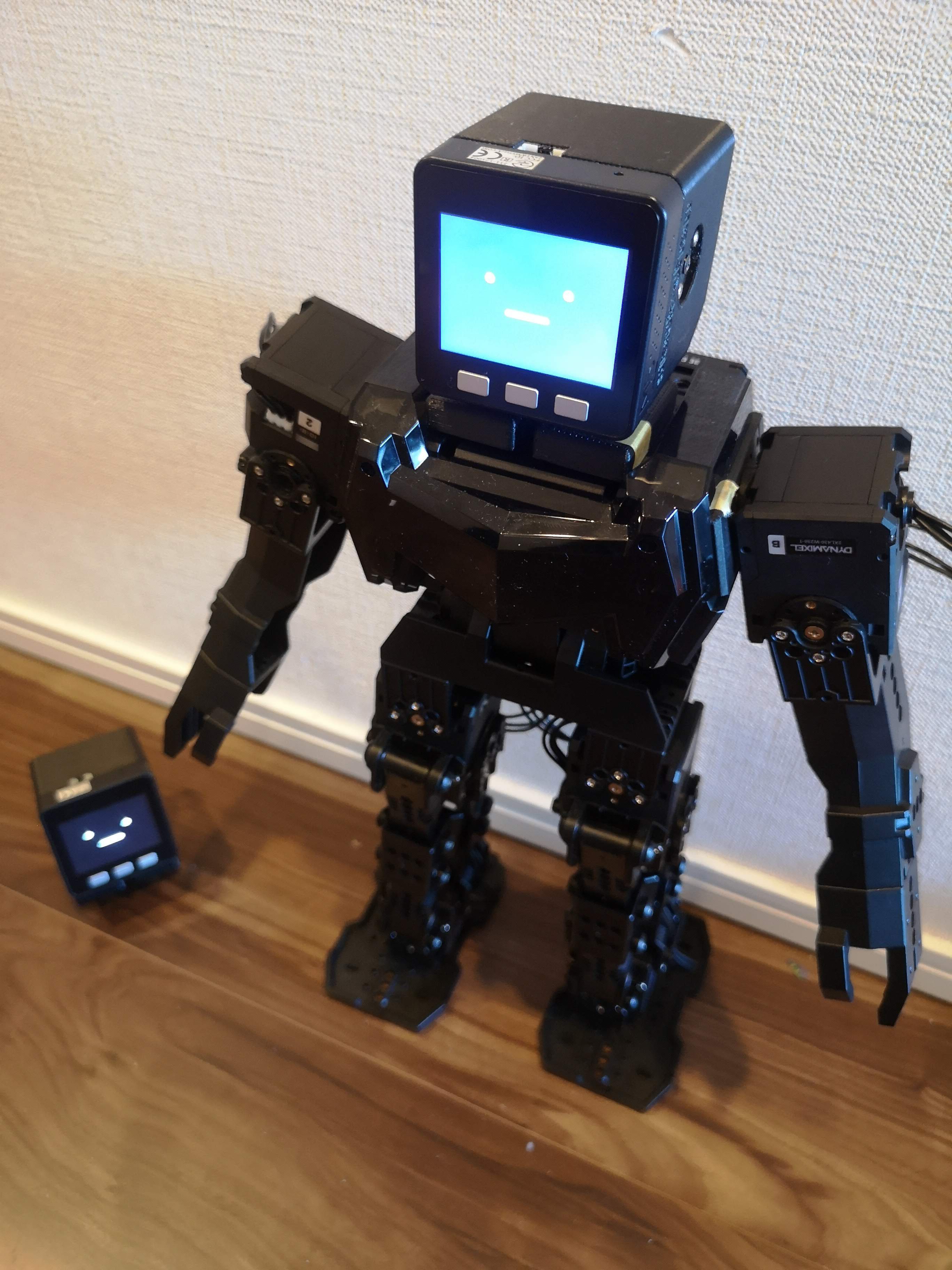
Stack-chan is a kind of platform robot. While Stack-chan itself is quite simple in function, it can be used in various applications. For example:
- A "sales robot" that finds people's faces and fiercely promotes products.
- A "butler robot" with cute notifications of the day and Alexa functionality.
- A "babysitting robot" that watches over children from their desk.
Sounds interesting? Fork my repository, launch dockernized environment in minutes and start making! Take advantage of many examples, especially for integration to external APIs and M5Stack units. Unfamiliar with embedded development? No problem. I choosed JavaScript, the world's most used programming language. Stack-chan's firmware is written on the Moddable SDK: a JavaScript framework for embedded systems. You can achieve brazing fast development with full of the latest ECMAScript features.
So what will you do with Stack-chan? Leave a comment and let's start a discussion!
 Shinya Ishikawa
Shinya Ishikawa